The Plymouth 440 Six Pack is a legendary engine that holds a special place in the hearts of muscle car enthusiasts. Introduced during the height of the muscle car era, this powerful engine was a key feature in some of Plymouth’s most iconic models. Exploring when Plymouth offered the 440 Six Pack provides insight into its historical significance, as well as its current market value and cultural impact.
The Introduction of the 440 Six Pack
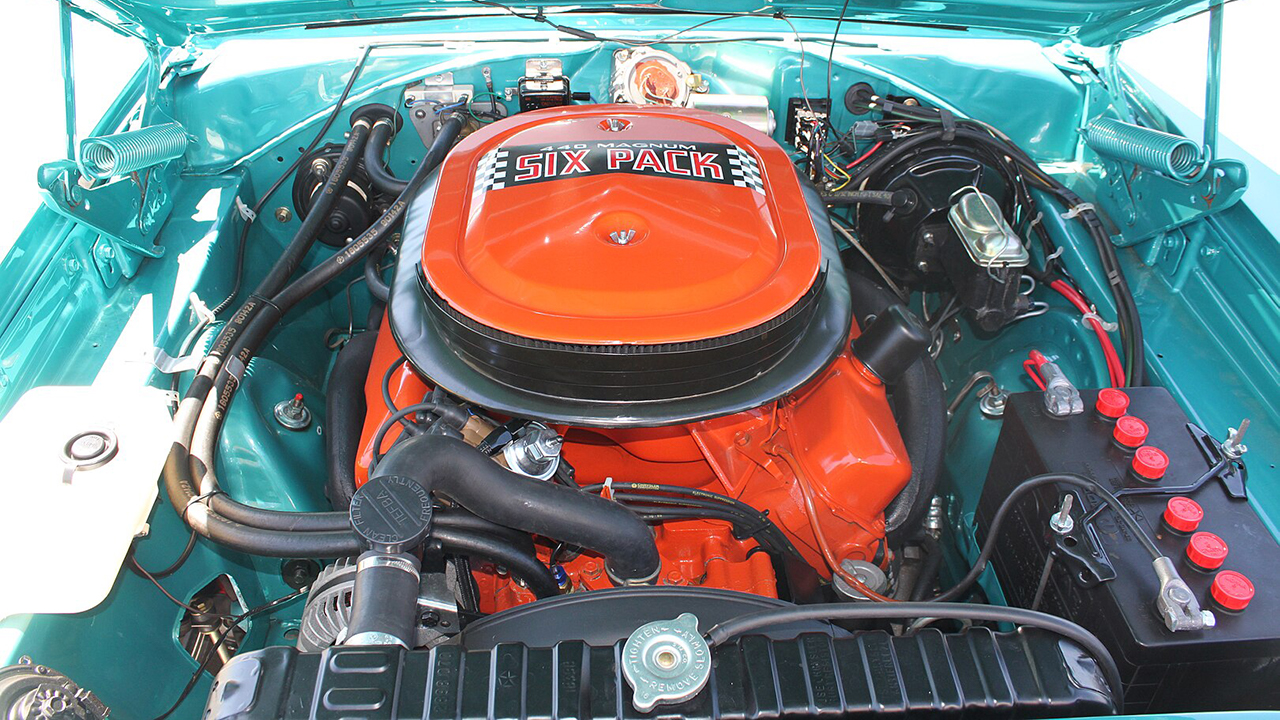
The late 1960s and early 1970s marked a golden age for muscle cars. During this era, American automakers were locked in a fierce competition to deliver the most powerful and thrilling vehicles to the public. The muscle car wars were characterized by the relentless pursuit of horsepower and performance, with each manufacturer vying to outdo the others. It was within this high-octane environment that the Plymouth 440 Six Pack emerged as a formidable contender.
Plymouth’s decision to introduce the 440 Six Pack was a strategic move to enhance their performance lineup and compete with powerhouse engines from rivals like Ford and Chevrolet. The 440 Six Pack was designed to provide an edge in terms of raw power, appealing to enthusiasts who craved speed and performance. By offering this engine, Plymouth aimed to solidify its position in the muscle car market and cater to a growing base of performance-driven consumers.
Models Featuring the 440 Six Pack
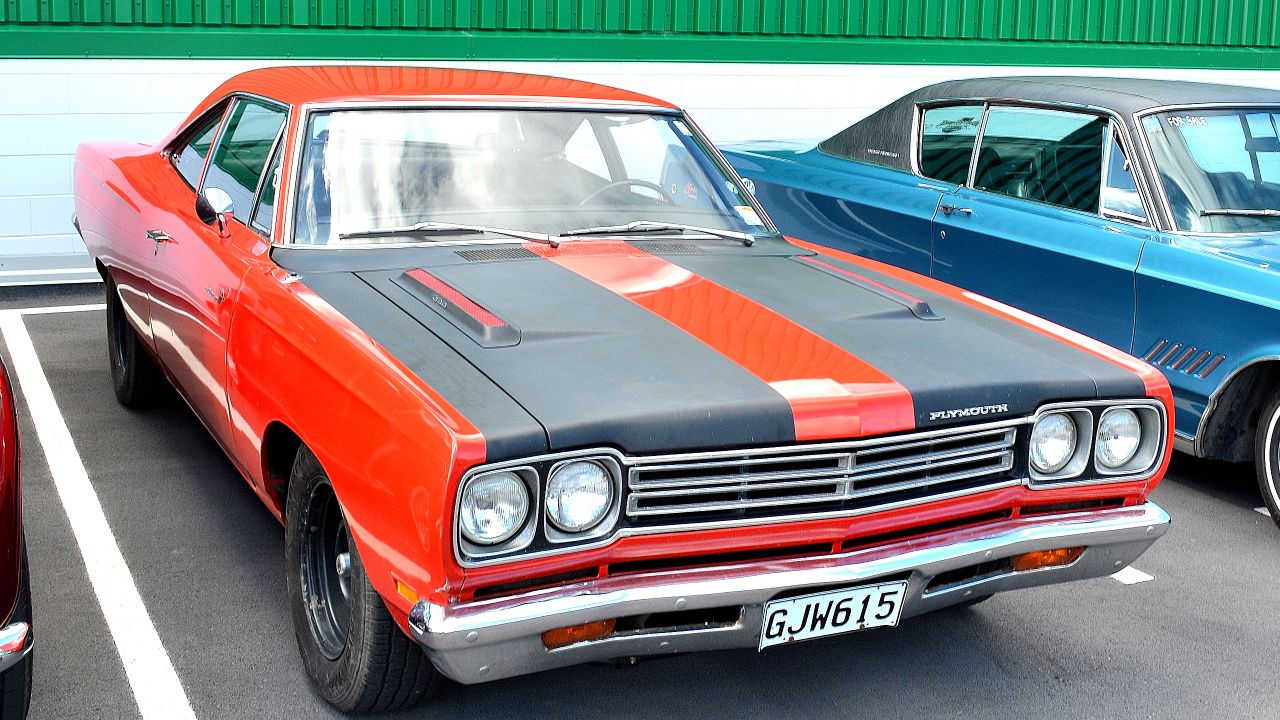
The 440 Six Pack was featured in several of Plymouth’s most iconic models, making it a highly sought-after option for enthusiasts. Among these models, the Road Runner and the ‘Cuda stand out as prime examples of the brand’s dedication to performance. These models, known for their aggressive styling and thrilling driving experiences, were the perfect canvas for the powerful engine.
The 440 Six Pack option was available for a limited time, making its presence even more special. Specifically, the Road Runner and the ‘Cuda were offered with this engine option between 1969 and 1971. During these years, the models underwent various refinements, but the core appeal of the 440 Six Pack remained unchanged. Its introduction was a response to the demand for high-performance vehicles, and its limited availability only adds to its allure today.
Performance and Specifications
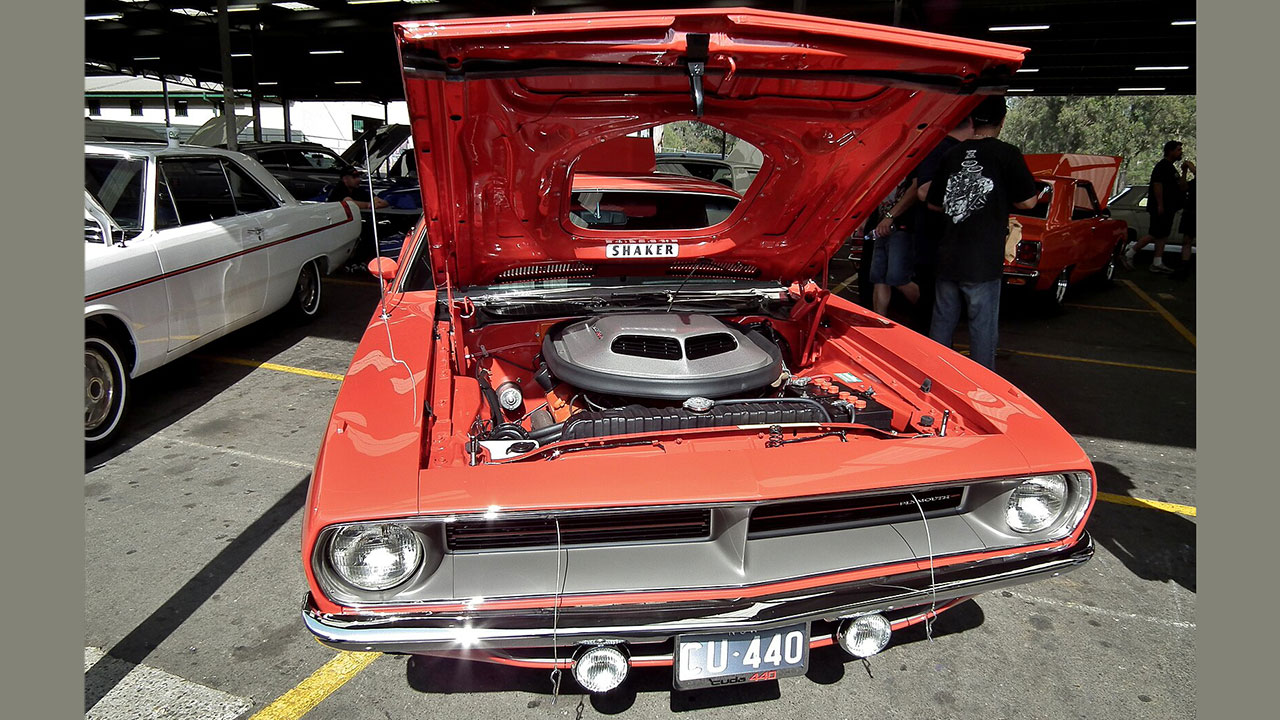
The heart of the 440 Six Pack was its impressive engine specifications. Boasting a displacement of 440 cubic inches, the engine was capable of producing around 390 horsepower and 490 lb-ft of torque. Its distinctive feature was the triple two-barrel carburetor setup, which provided exceptional airflow and fuel delivery, allowing the engine to maximize its performance potential. This setup not only enhanced power output but also contributed to the engine’s unique sound and character.
When compared to its contemporaries, the 440 Six Pack held its own and more. Its performance was on par with other high-performance engines from the era, such as Ford’s 429 Cobra Jet and Chevrolet’s 454 LS6. The 440 Six Pack offered a unique combination of power, drivability, and reliability, making it a favorite among enthusiasts seeking a well-rounded performance experience. Its ability to deliver thrilling acceleration and speed ensured its standing as a formidable force in the muscle car world.
Current Market Value and Collectibility
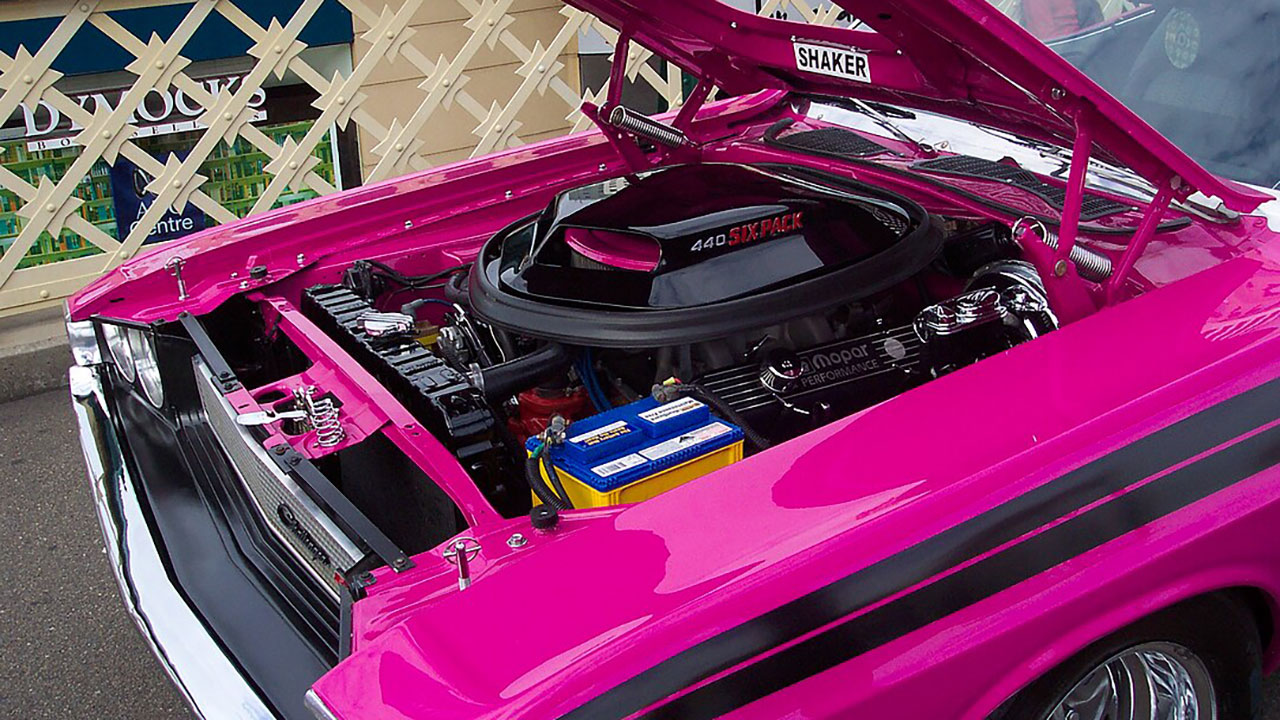
The value of Plymouth models equipped with the 440 Six Pack has evolved significantly over the years. Initially, these cars were relatively affordable, but as their rarity and historical significance became more apparent, their market value began to climb. Today, collectors and enthusiasts are willing to pay a premium for well-preserved examples of these vehicles, recognizing their place in automotive history. Factors such as originality, condition, and provenance play a crucial role in determining the current market value of these cars.
The appeal of the 440 Six Pack models among collectors is driven by several factors. The engine’s performance legacy, combined with the limited production numbers, makes these cars highly desirable. Additionally, the nostalgia associated with the muscle car era has contributed to the increasing demand for these vehicles. The rarity of certain models and configurations further amplifies their collectibility, ensuring that they remain highly sought after by enthusiasts and investors alike.
Legacy and Cultural Impact
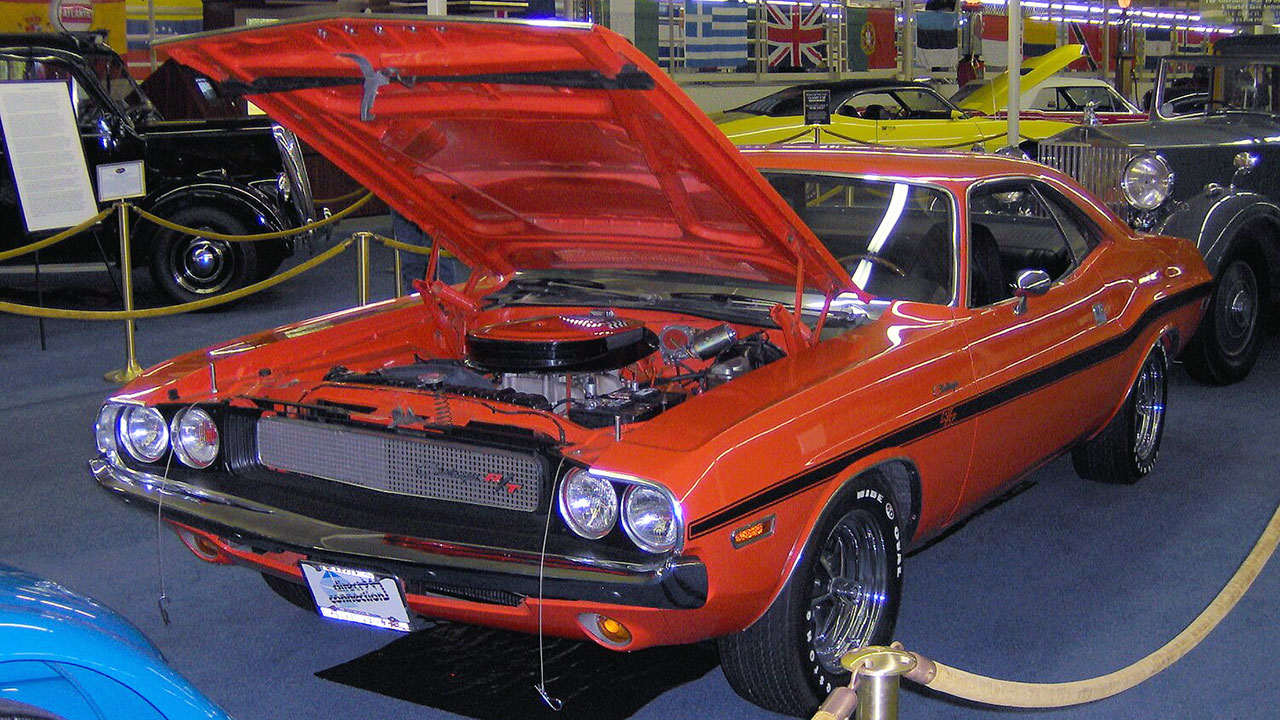
The 440 Six Pack has left an indelible mark on muscle car culture and continues to influence enthusiasts today. Its introduction helped to elevate Plymouth’s reputation as a manufacturer capable of producing high-performance vehicles that could rival the best from other automakers. The engine’s performance capabilities and distinctive design elements contribute to its enduring appeal among car lovers and collectors.
Beyond the automotive world, the 440 Six Pack has made its way into popular culture, appearing in films, TV shows, and other media. These appearances have helped to cement its status as an iconic muscle car, capturing the imagination of new generations of enthusiasts. The engine’s legacy continues to inspire admiration and fascination, ensuring that it remains a beloved symbol of the muscle car era for years to come.
Like Fast Lane Only’s content? Be sure to follow us.
Here’s more from us:
*Created with AI assistance and editor review.

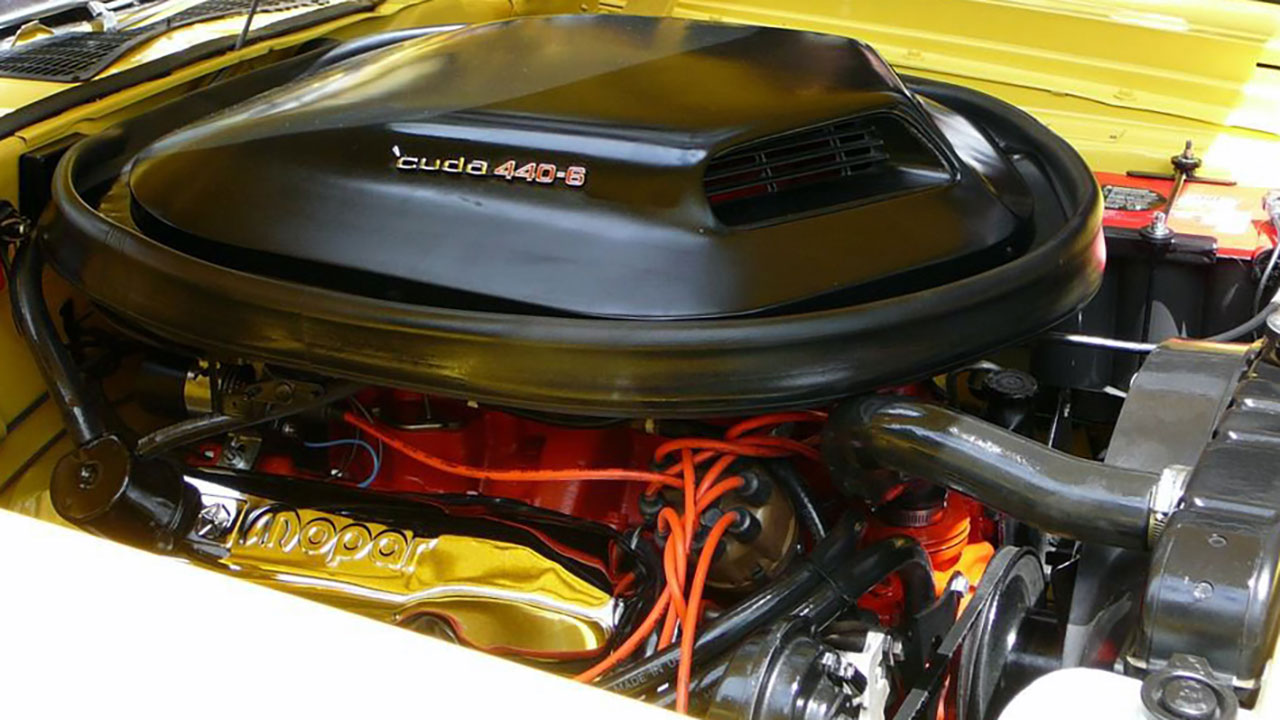

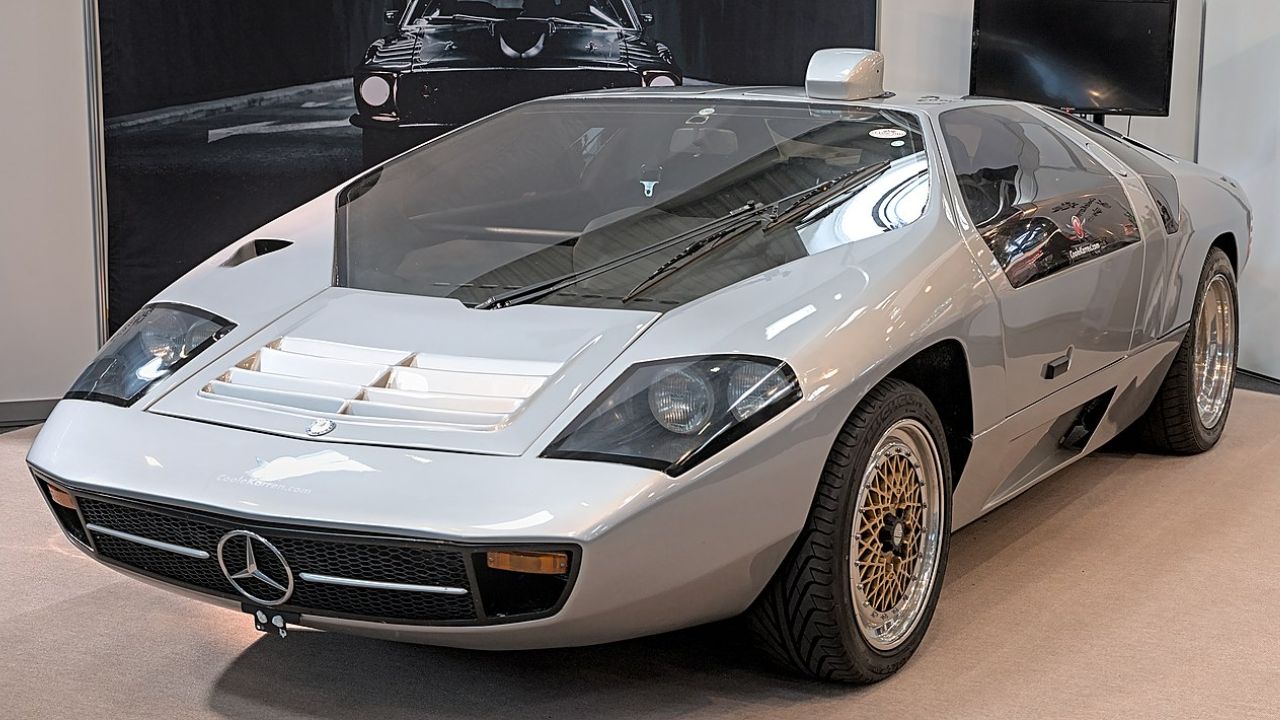

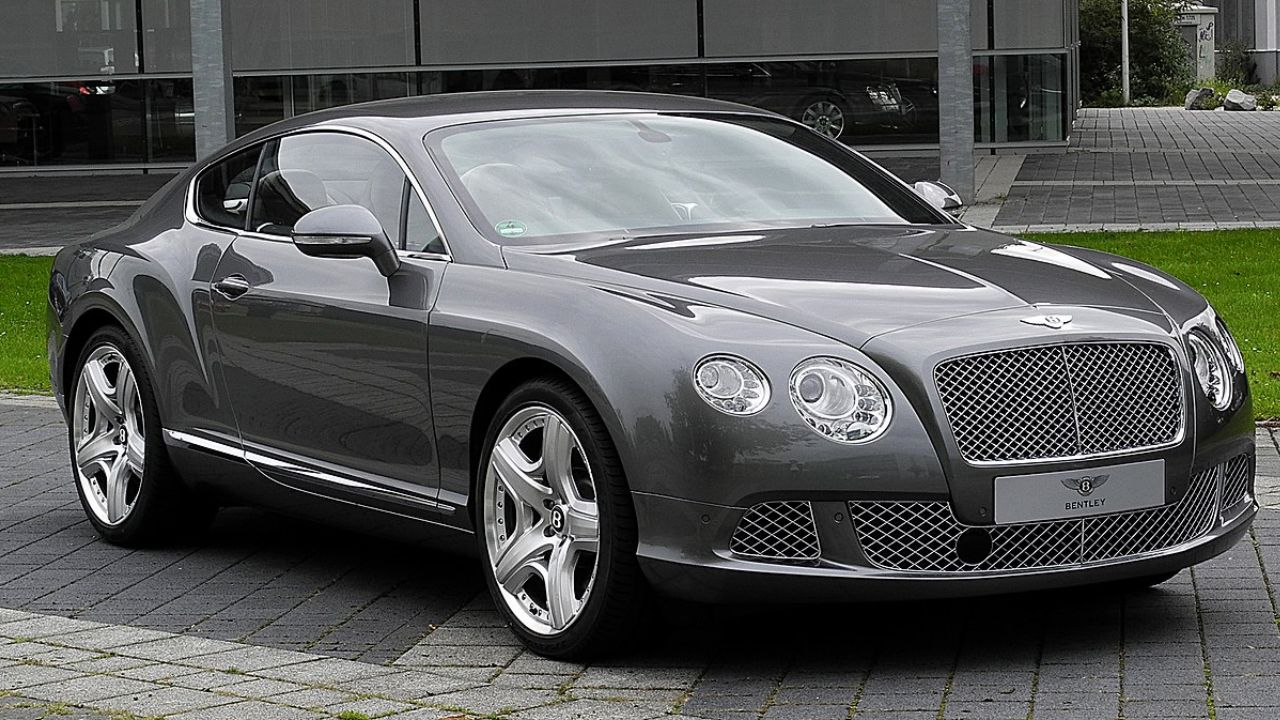

Leave a Reply